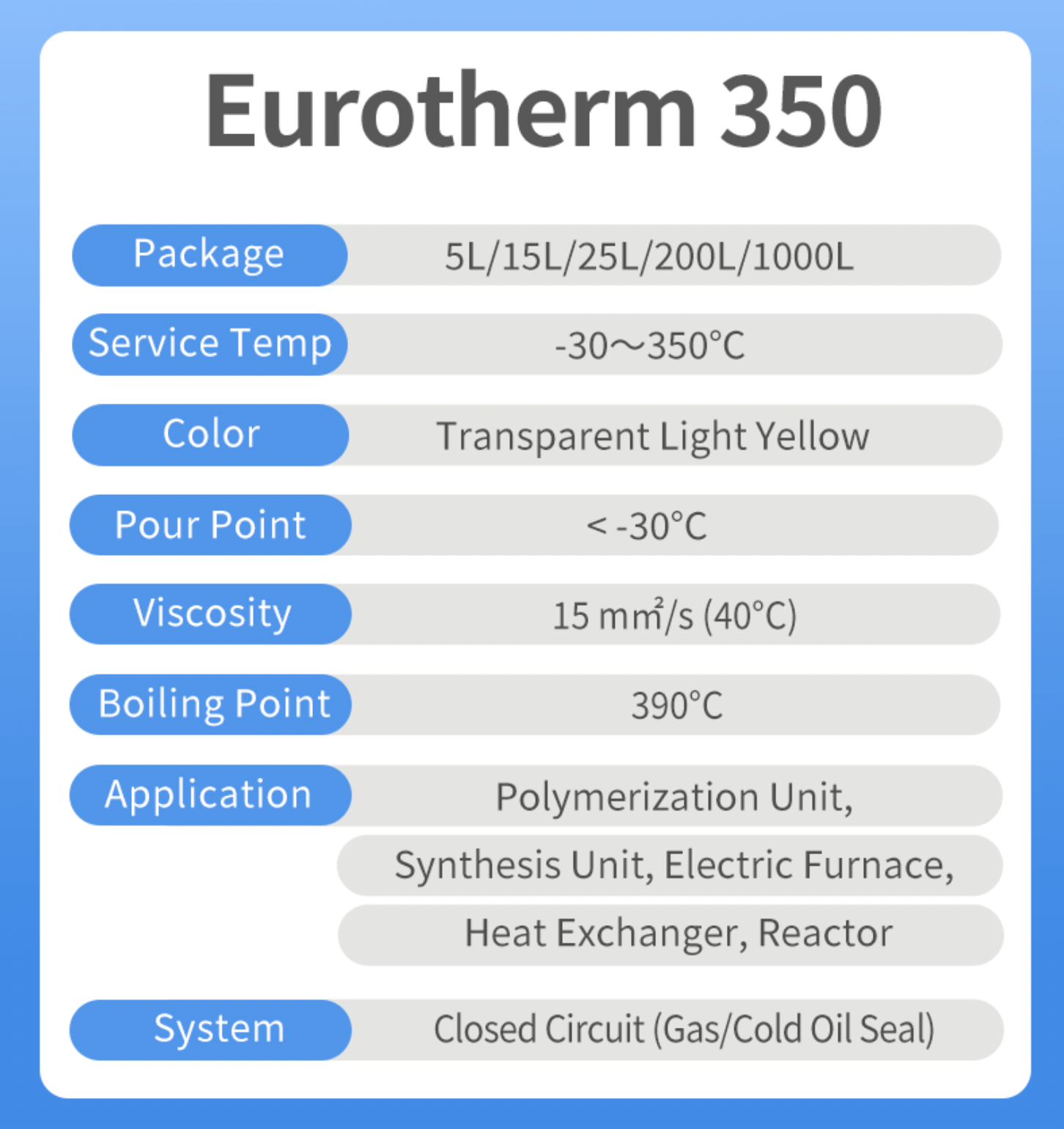Getting The Chemie To Work
Getting The Chemie To Work
Blog Article
4 Easy Facts About Chemie Shown
Table of ContentsGetting The Chemie To WorkOur Chemie StatementsChemie Things To Know Before You Get ThisGetting My Chemie To WorkExamine This Report about ChemieEverything about Chemie
(https://fliphtml5.com/homepage/gxcnq/betteanderson/)Calculated adjustment in electric conductivity of liquid examples as a function of time when mixed with the material sample in the shut indirect cooling loophole experiment. Number 6 shows the change in the gauged electrical conductivity of the fluid examples when stirred with the material sample. The conductivity of the water example from the closed loop experiment lowered by about 70% from 11.77 S/cm to 3.32 S/cm in six hours.These outcomes showed that the capability of the resin depends on the test fluid made use of for the experiment. This reveals that different ions present in the liquid will lead to different ion exchange ability of the fluid. Therefore, computing the ion exchange resin ability with the fluid sample from the real cooling loophole is essential.
Some Known Incorrect Statements About Chemie
An ion exchange resin cartridge containing 20g of Dowex mixed bed resin might take on order 938 days to fill - fluorinert. To put it simply, to maintain a low electrical conductivity, a resin cartridge with the dimension and weight spec as that of the material cartridge utilized in the experiment, require to be transformed every 30 months for the air conditioning system that was used in the experiment
The cooling of electronic parts has come to be a significant difficulty in recent times due to the advancements in the design of faster and smaller sized elements. The use of a liquid coolant has actually come to be appealing due to the higher warm transfer coefficient achieved as contrasted to air-cooling.
6 Simple Techniques For Chemie
A solitary phase air conditioning loop is composed of a pump, a warmth exchanger (chilly plate/mini- or micro-channels), and a heat sink (radiator with a follower or a liquid-to-liquid heat exchanger with cooled water cooling). The warmth source in the electronic devices system is affixed to the warm exchanger.
The demands may differ depending upon the kind of application. Following is a listing of some general needs: Good thermo-physical residential or commercial properties (high thermal conductivity and certain warm; low viscosity; high latent heat of dissipation for two-phase application) Low freezing factor and ruptured factor (occasionally burst security at -40 C or reduced is required for shipping and/or storage functions) High climatic boiling point (or reduced vapor pressure at the operating temperature) for single phase system; a narrow preferred boiling point for a two-phase system Great chemical and thermal security for the life of the electronics system High flash factor and auto-ignition temperature level (sometimes non-combustibility is a demand) Non-corrosive to materials of building and construction (steels in addition to polymers and other non-metals) No or very little governing restrictions (eco-friendly, safe, and potentially naturally degradable) Economical The best electronics coolant is an affordable and harmless liquid with exceptional thermo-physical buildings and a long service life.
Chemie for Dummies
The majority of these liquids have a non-discernible smell and are safe in case of call with skin or ingestion. As pointed out in the past, aliphatic PAO-based fluids have actually replaced the silicate-ester fluids in a range of armed forces electronics (and avionics) cooling down applications in the last decade. Another course of prominent coolant chemistry is dimethyl- and methyl phenyl-poly (siloxane) or typically referred to as silicone oil.
Fluorinated substances such as perfluorocarbons (i.e., FC-72, FC-77) hydrofluoroethers (HFE) and perfluorocarbon ethers (PFE) have particular distinct buildings and can be made use of in contact with the electronics [4, 8] First of all, these fluids are non-combustible and non-toxic. Some fluorinated substances have no home ozone diminishing prospective and various other environmental homes.
This coolant is classified as poisonous and should be dealt with and disposed of with care. The high quality of water used for the prep work of a glycol service is really crucial for the system.
A Biased View of Chemie

Aside from absence of poisoning, it has no advantages over ethylene glycol, being higher in price and even more thick. This is a reduced expense antifreeze remedy, discovering use in refrigeration solutions and ground resource heatpump. Similar to glycols, this can be inhibited to stop rust. This fluid can be used to -40 C owing to its reasonably high rate of warmth transfer in this temperature level range.
It is taken into consideration more dangerous than ethylene glycol and consequently has actually found usage only for process applications located outdoors. Methanol is a flammable fluid and, as such, presents a possible fire hazard where it is saved, managed, or made use of.
Chemie Fundamentals Explained
As a flammable fluid, it needs particular preventative measures for managing and storage. Liquid services of calcium chloride locate broad usage as distributing coolants in food plants. The main applications of these liquids are in the food, drink, pharmaceuticals, chemical and weather chamber applications, recently these liquids have been explored for single-phase convection air conditioning of microprocessors.
Report this page